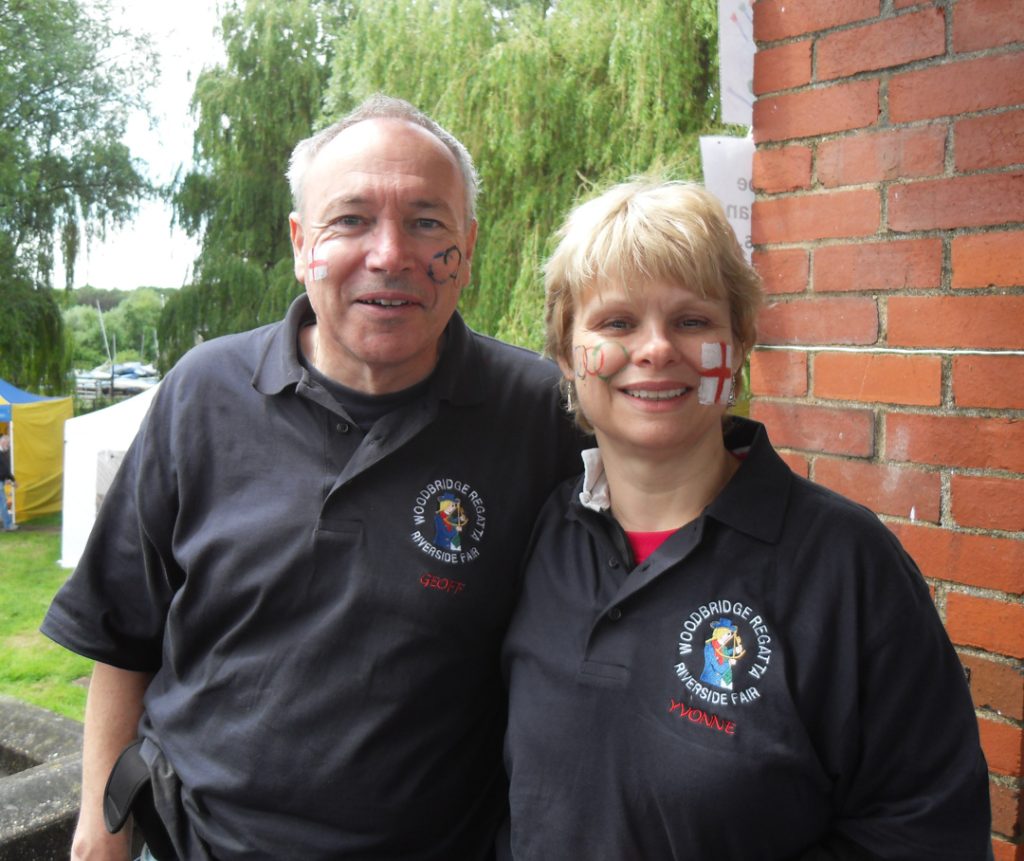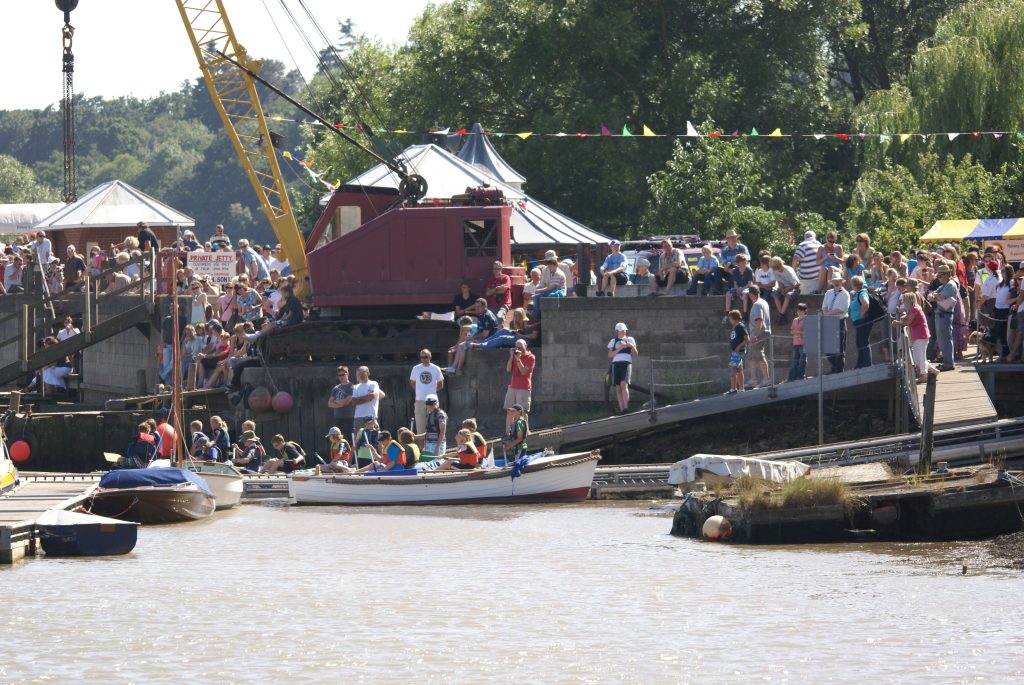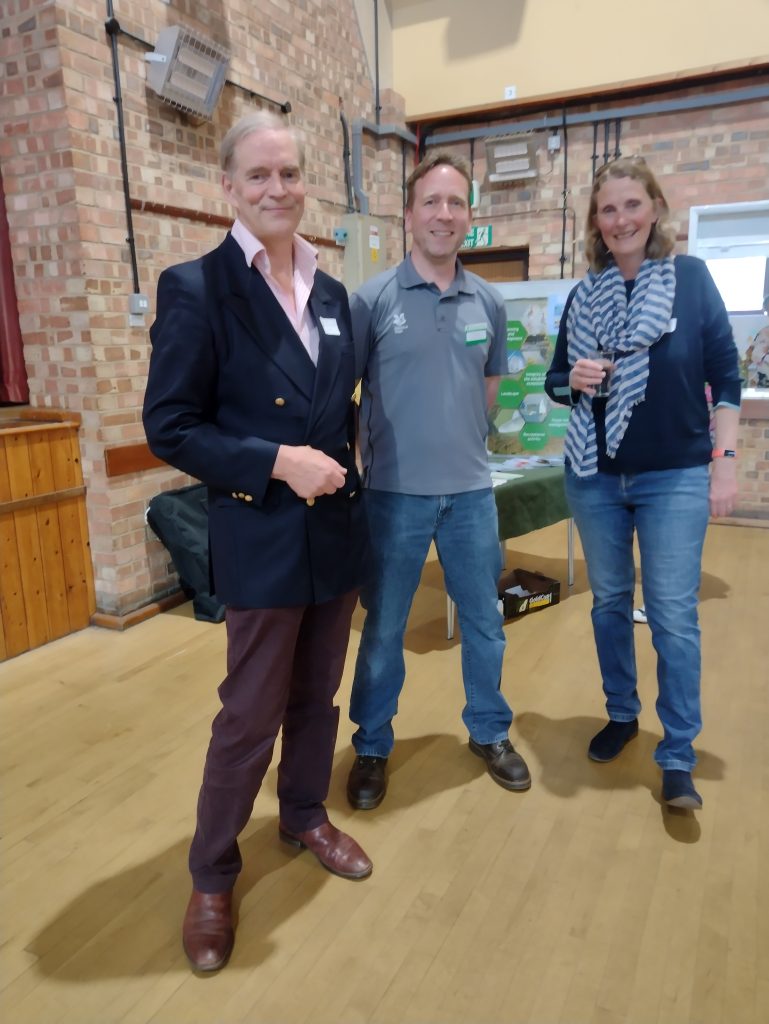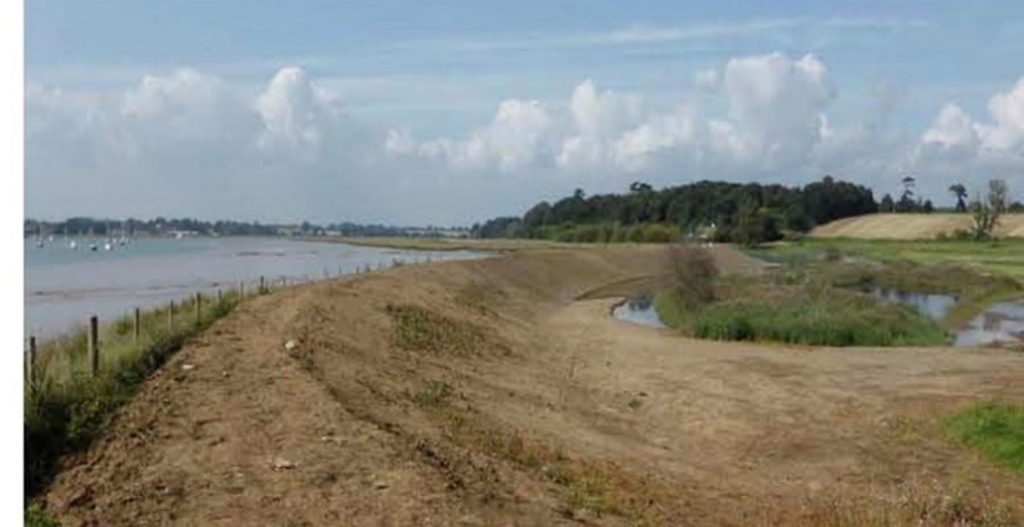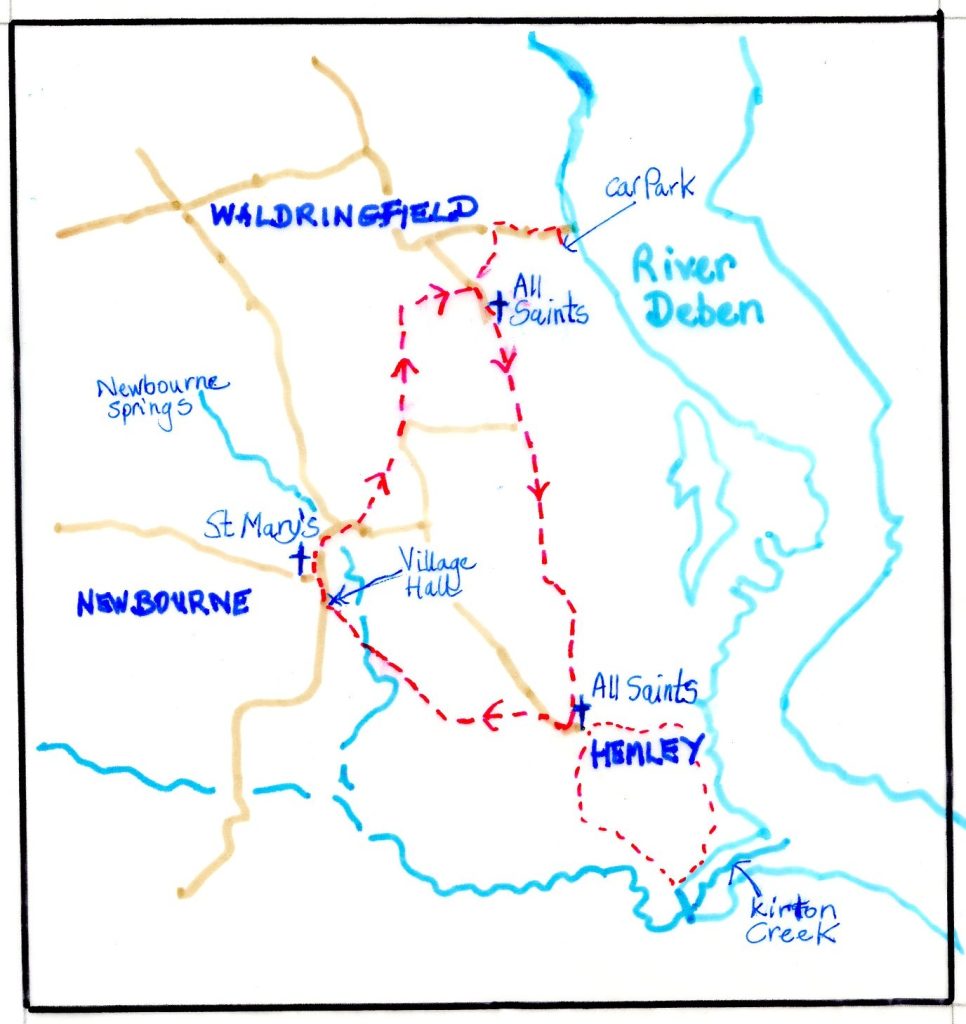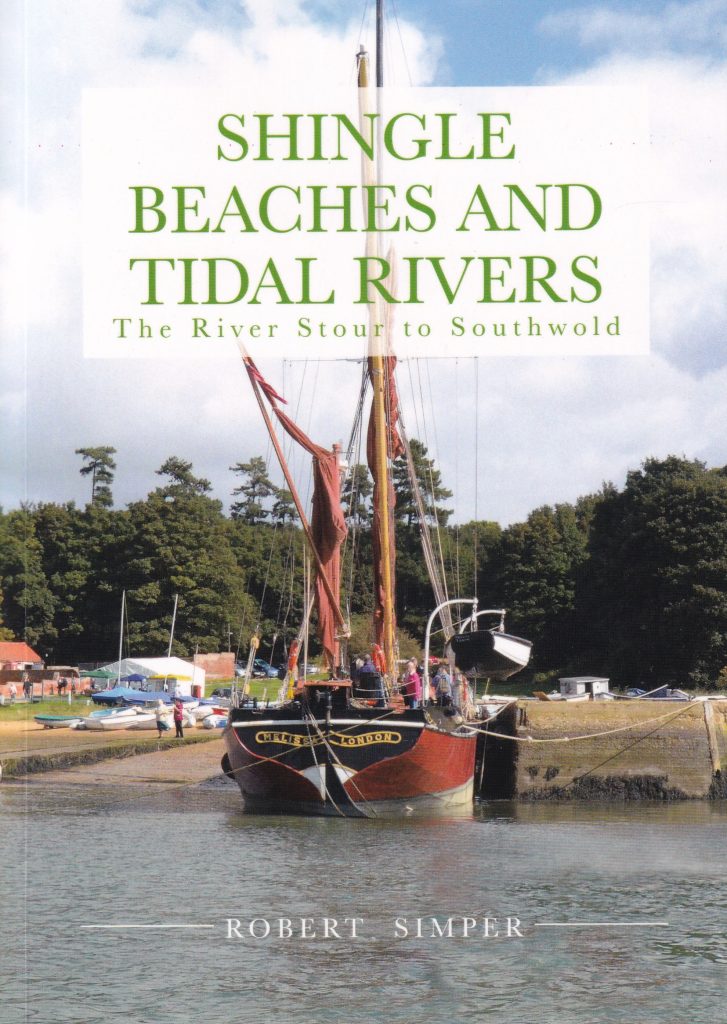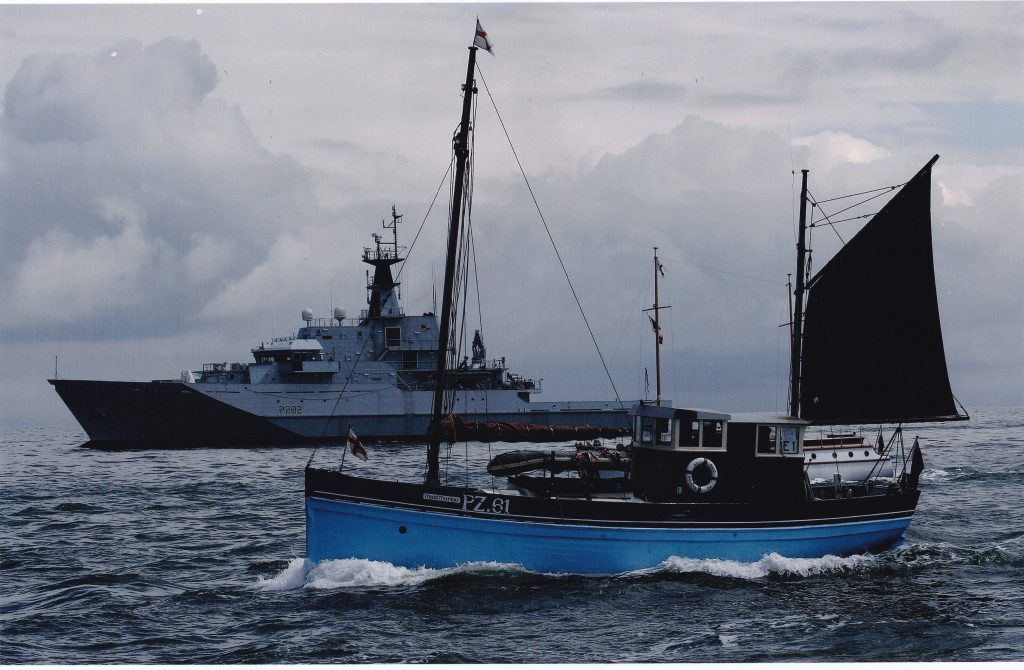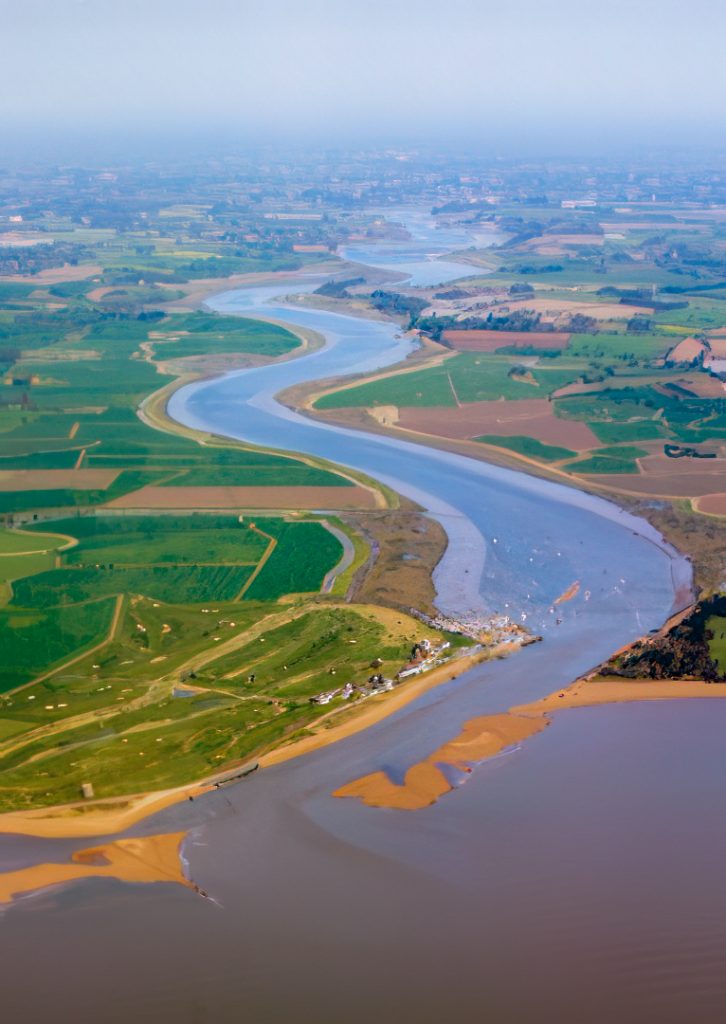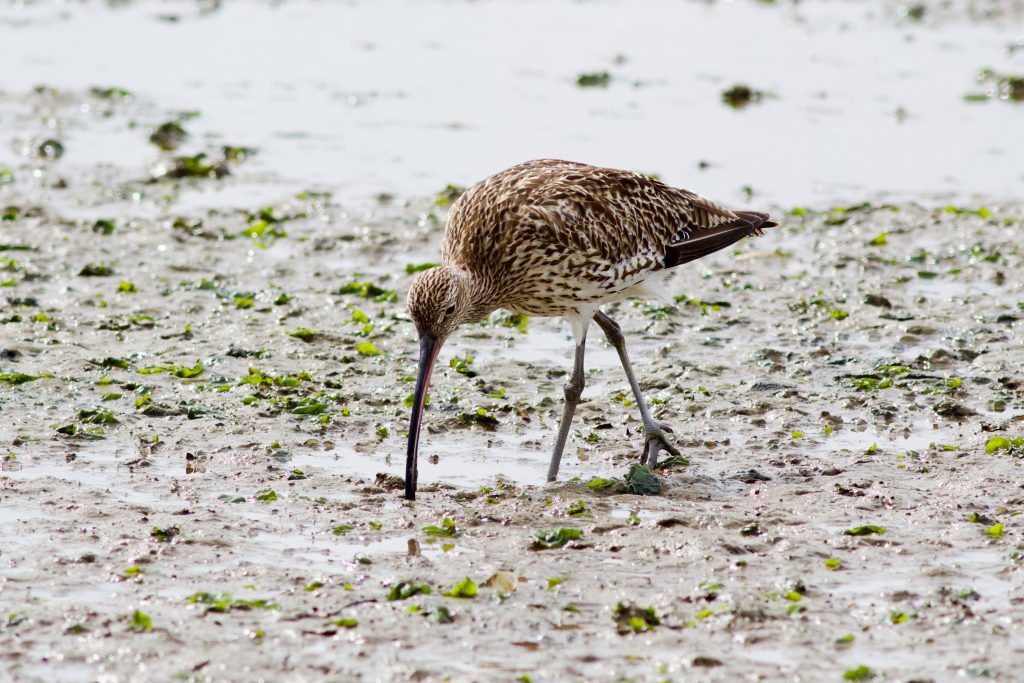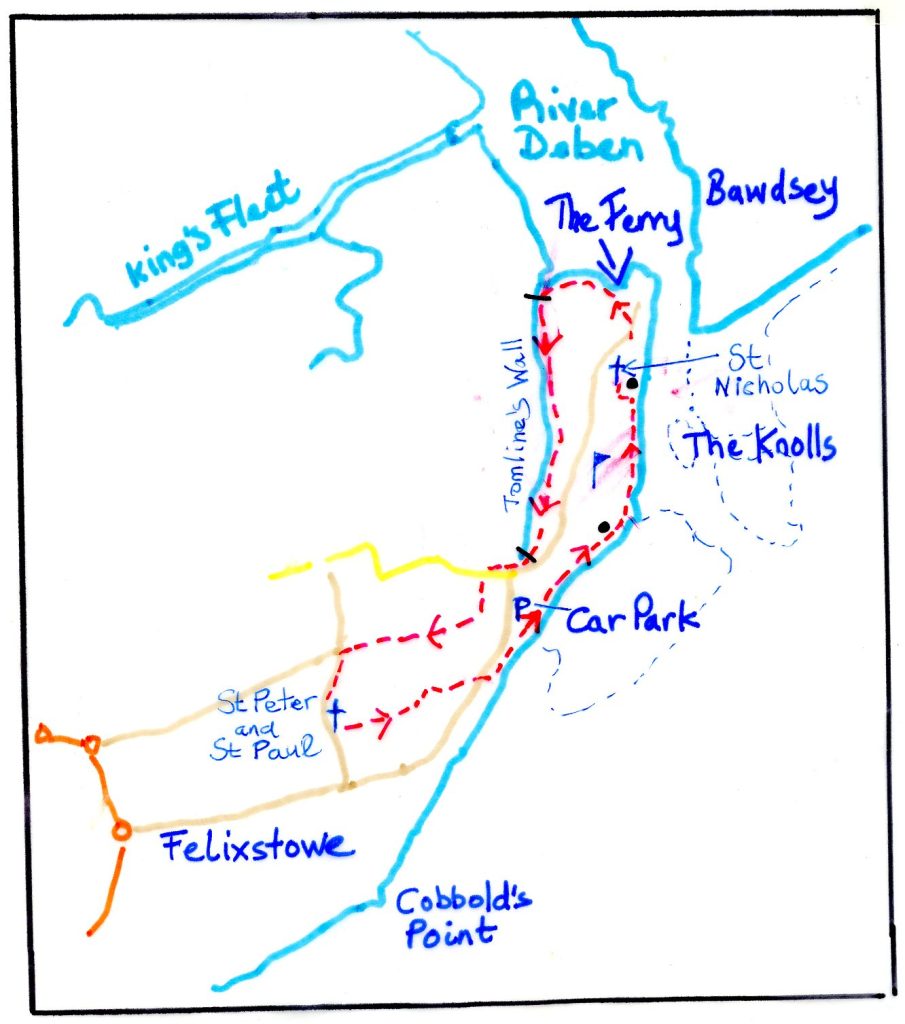Matt Lis
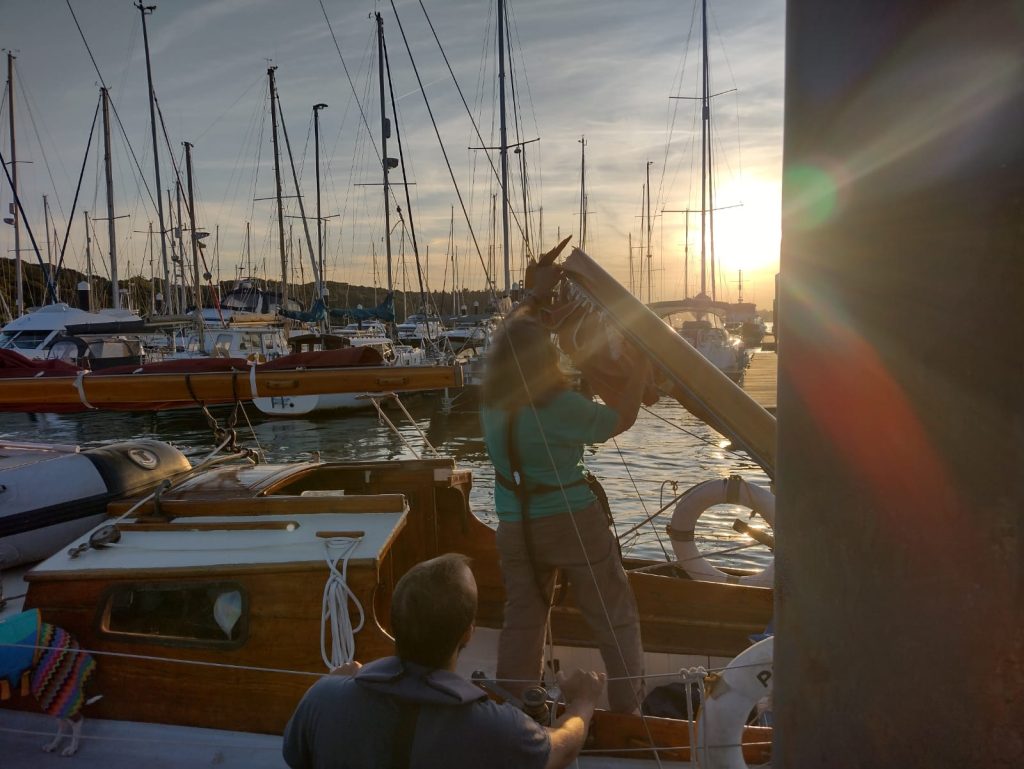
If a mast breaks in a marina, and nobody is there to hear it, did it really happen? Well, sadly, yes and it won’t take long for everybody to hear about it.
In my case, it took about 10 minutes to hear about it when, late on a Sunday evening, the work mobile rang and I answered to find Julia close to tears. A misjudged approach into a marina berth in semi-darkness had led to ‘Peter Duck’s portside mizzen shroud catching on the cranse iron of a neighbouring boat. For those less familiar with the particular peculiarities of traditional boat rigging, the cranse iron is the fitting on the end of a bowsprit on to which the bobstay, forestay and bowsprit shrouds attach and it is designed to handle immense loads so it had no trouble winning this particular battle.
Continue reading

